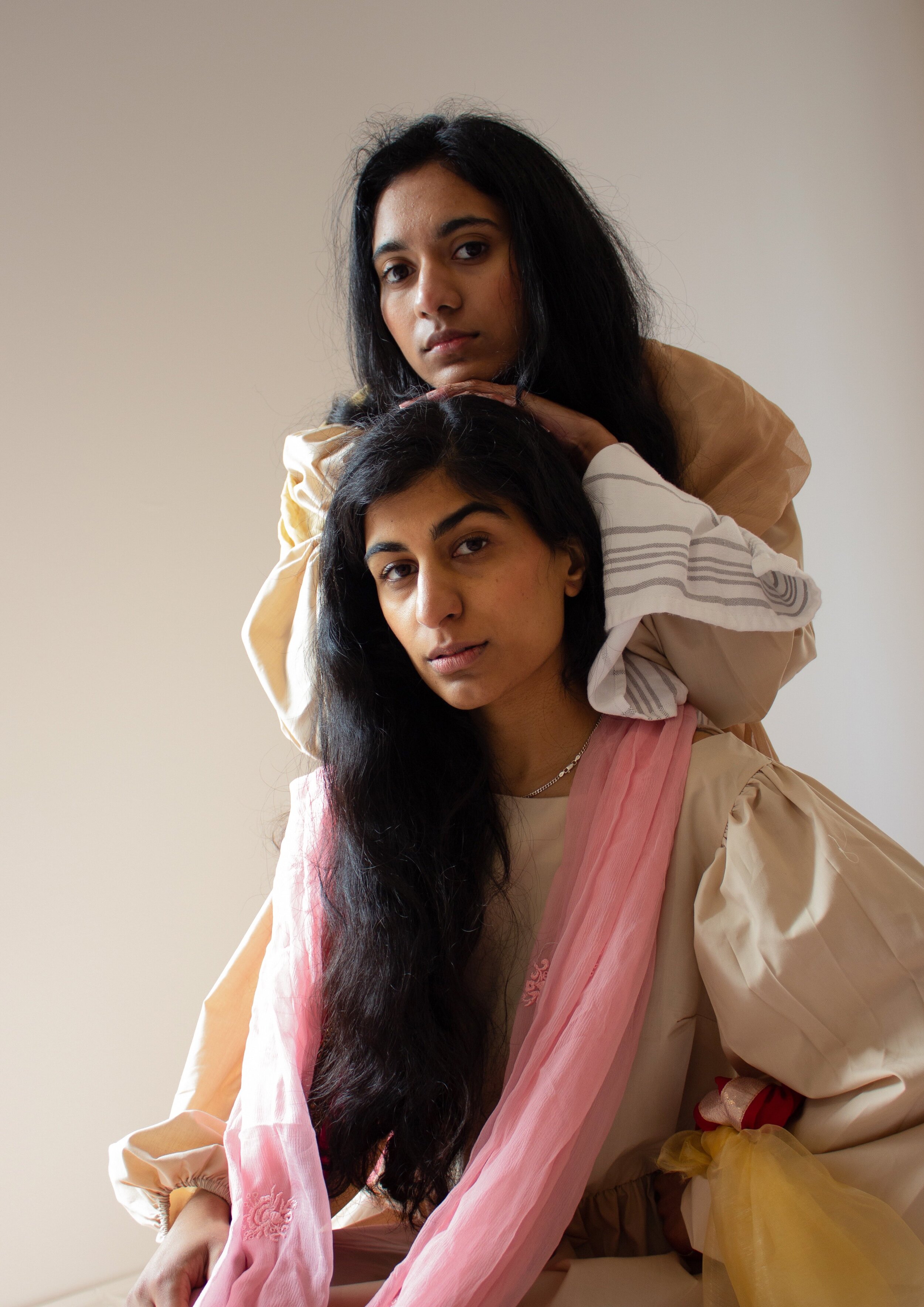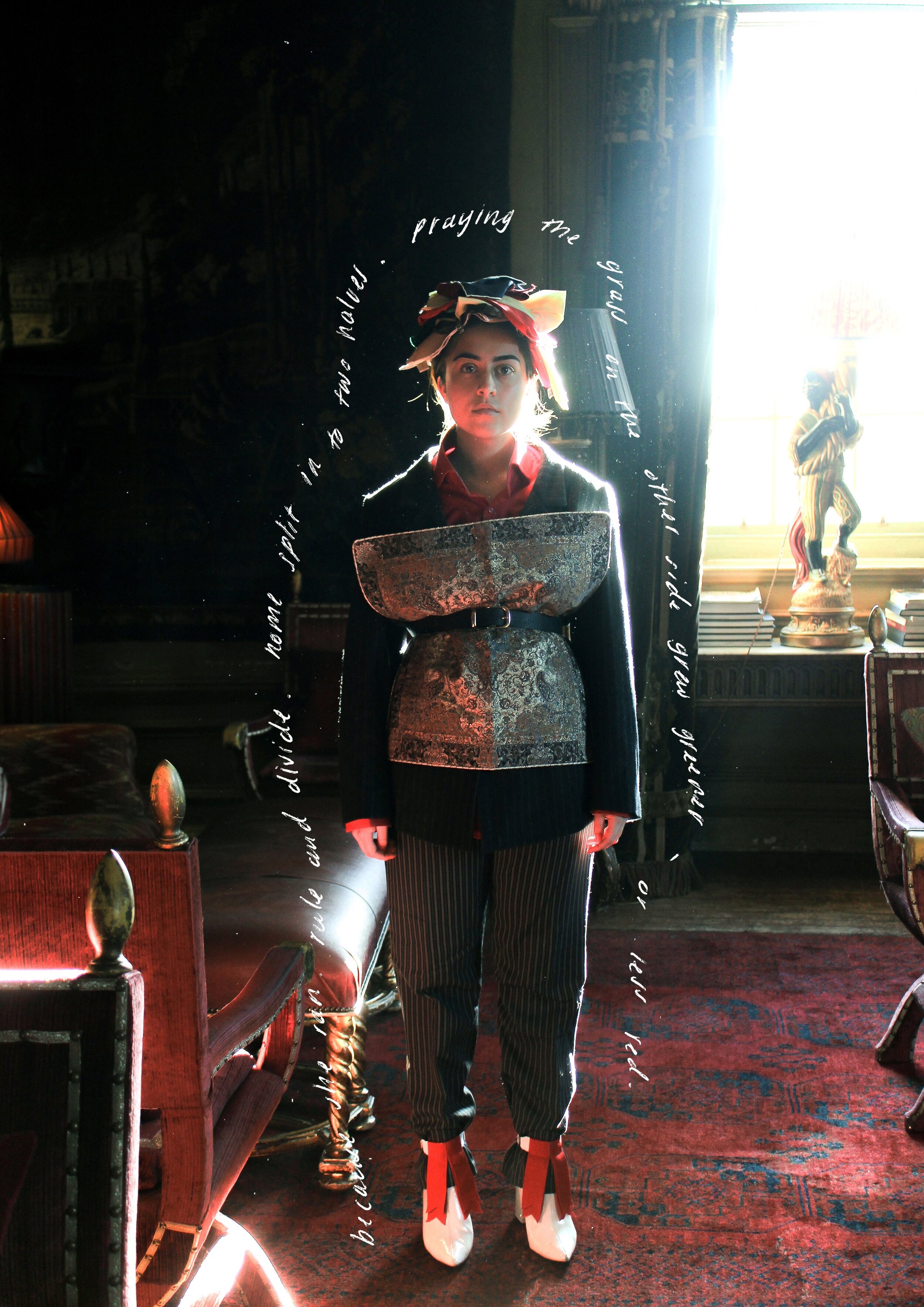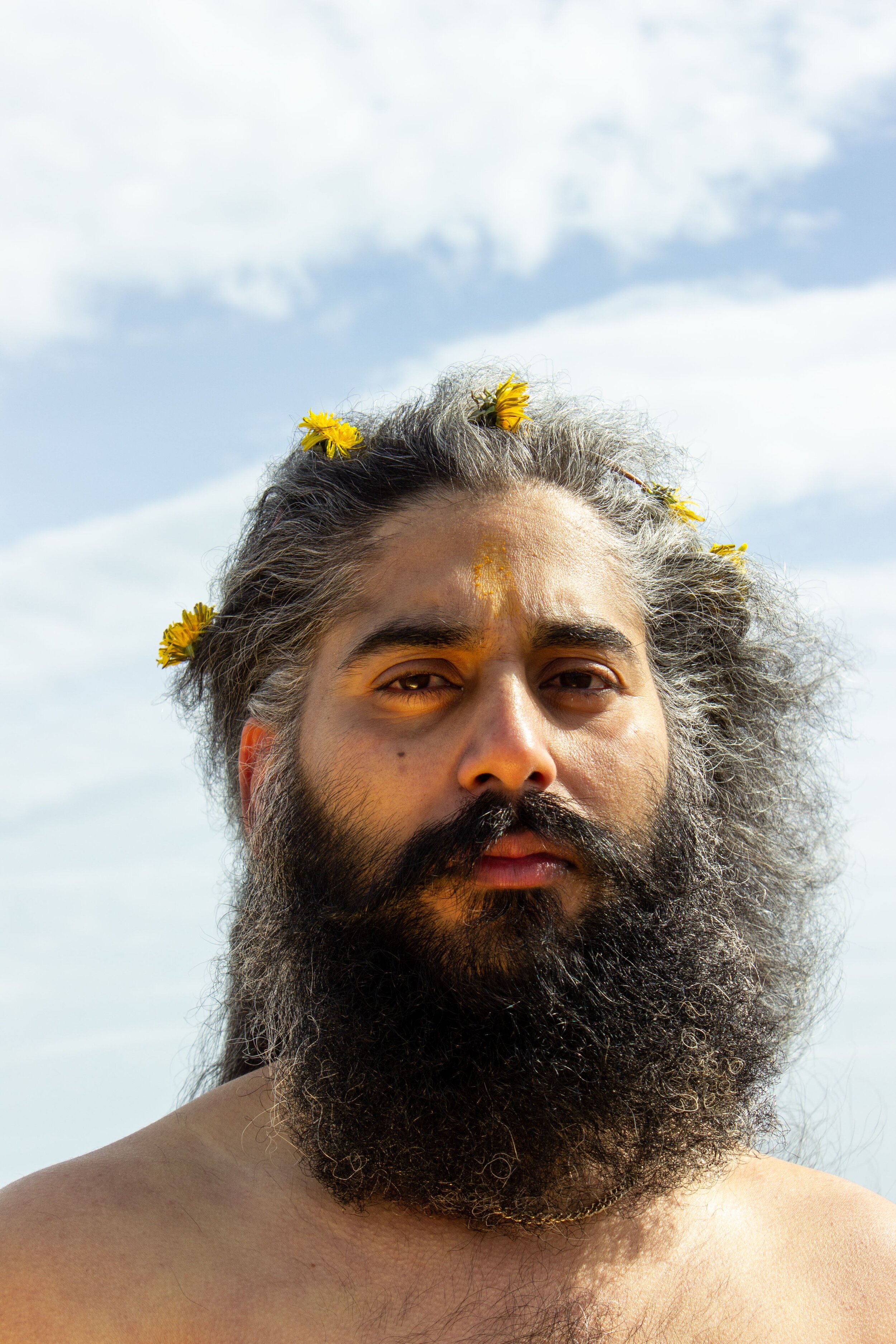Meet GFF Talent, Jordanna Singh, a graduate in fashion communications at Heriot Watt University. Inspired by her heritage, Jordanna began comparing racial political tensions in Singapore and the UK, her two homes, particularly in the wake of Brexit. Taking the form of a digital magazine called Rojak, she brings together imagery, poetry and stories from her childhood to explore these ideas. Read on to learn more about Jordanna’s work.
What is the most valuable thing you have learnt at university?
The most valuable thing I've learnt at university is to be passionate about every decision you make and make sure you back up everything with meaning. At the beginning of my project I was very eager to start creating extravagant final images in my head, before realising it is the small details and references of knowledge which really richen your story and let you share something that people can connect to. Also, to be able to adapt at all times, because you never know whats round the corner!
What was the starting point of inspiration for your final project?
My final project is split into both a publication and a portfolio project. The starting point for my publication, Rojak, came from visiting a Gurdwara for the first time without my family just last year. I was going to see an exhibition at Tramway in Glasgow and realised the Gurdwara was just next door. Without the comfort of my family, I found myself feeling very out of my depth. With my father’s side of the family living in Singapore, I have been accustomed to the blended culture of the many races there and didn't realise I was in fact quite out of touch with the Indian roots I have always professed to be proud of.
This project was a personal journey for me of getting back in touch with this side of my heritage, an ode to my Indian-born grandparents, and an exploration of British Asian duality. The starting point for my portfolio "See How" came from frustrations and disappointment at the racially fuelled behaviours pushed over the course of Brexit and it's lasting effects, and comparing that to the landscape of Singapore - my two homes.
What form will it your final year project take?
My final project takes the form of a printed magazine containing 5 editorials/narratives from my childhood with accompanying poems, and a printed portfolio; which contains 6 editorials with final 6 images each. Though my magazine is only available for digital viewing at the moment, I will be looking to get it printed on the Khadi paper, I originally planned for, handmade in India. I think the authenticity of production and uniqueness of each handmade sheet will bring my aesthetic to life.
How has it evolved from your initial ideas and what have you learnt along the way?
I began by picking apart and sourcing clothing which only hinted towards traditional Indian styles in fear of spoon feeding the viewer, however I realised what may be normal or obvious to me is very rarely represented in western fashion media and should be shown. I then decided on incorporating Punjabi suits and accessories from around my home or from family and friends, mixed with that of typical Scottish/British styles - this offered more clarity, depth and created fresh ideas in my styling while also being more sustainable.
I have learnt to push myself a lot more in styling this year and become aware of how much it weaves a story of its own. Nearing the end, I was not able to carry out my last few live shoots as planned so I had to get creative with mash ups and portrait work while trying to keep the same energy alive, this taught me the values of making use of whats around you and being able to adapt your vision.
What are the messages and themes behind your project that you want people to take away? Do explore any topics like diversity, sustainability or politics in your work?
Rojak is a spicy fruit salad eaten in Singapore, which also translates to "mixture" or "eclectic mix" in colloquial Malay. Through my magazine I want to push the idea of preserving tradition and culture while still allowing it to progress and change - a concept a lot of the younger generation may battle with, especially with multiracial upbringings. “See How” is a common Singlish (colloquial Singaporean English) term meaning to see how it goes/works out.
My portfolio looks to Singapore for solutions in tackling the increased racial tensions looming over Britain from the debris of Brexit. I look at traditions from the many races in Singapore; which are celebrated and accepted as separate, but equally important to the progression of Singaporean culture. A contrast to Britain which, more than ever, seeks to mould its citizens into a singular idea of being ‘British’. I aim to address the fact that an evolving British culture will always be important, but it must be inclusive of and influenced by the citizens within.
What’s an aspect of the fashion industry that you’re passionate about fixing or having a positive impact on?
Representation is the most important aspect I would like to make an impact on. Representation and repeated exposure is what allows us to progress and understand what was once seen as 'other' as normal and accepted in mainstream society. I think representation of the culture and traditions of non-westernised races and religions is imperative in working toward eliminating the 'fear of other' narrative growing in our communities - making members of our society feel unsafe and pressured to assimilate.
What is your plan once you finish your BA?
I hope to start interning over the summer, applying for jobs and apprentice roles ideally in photography or creative direction, whilst continuing to work on freelance projects. I would love to form a team of like-minded creatives along the way and start building my own published magazine, expanding on what I have began this year!











